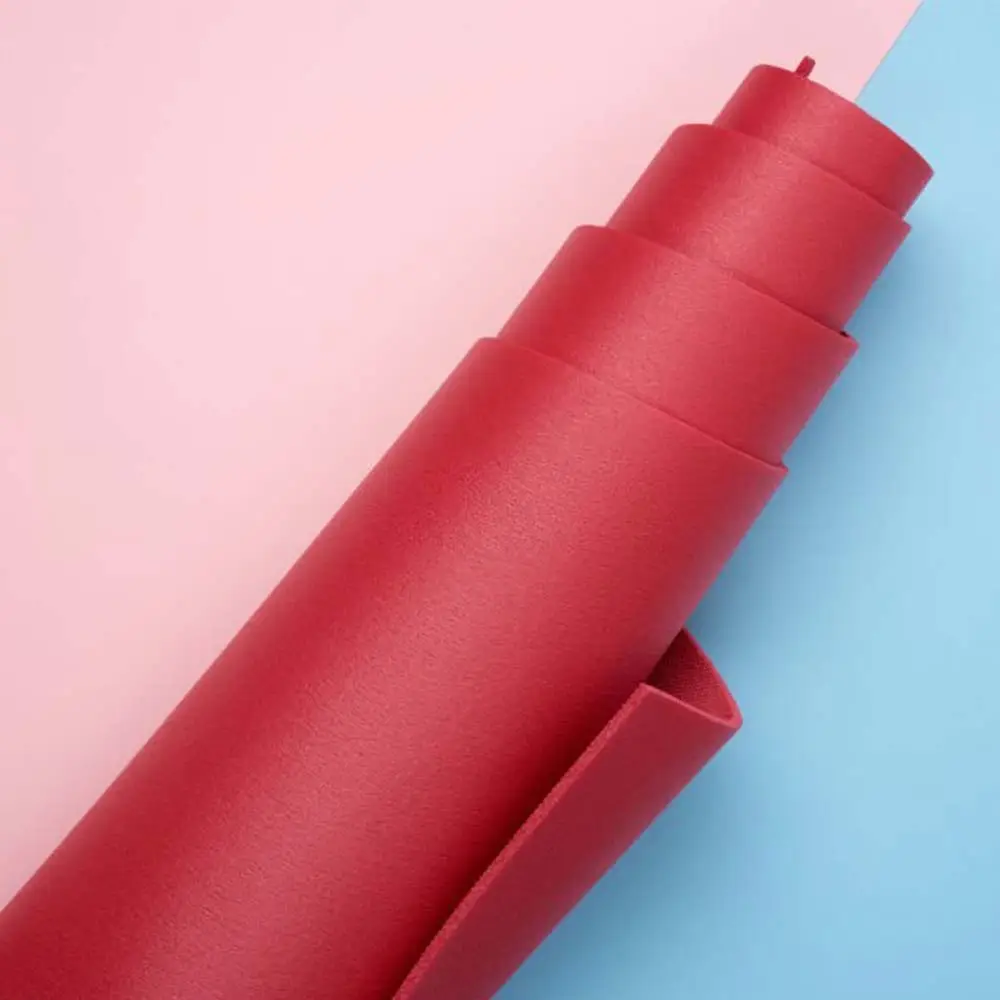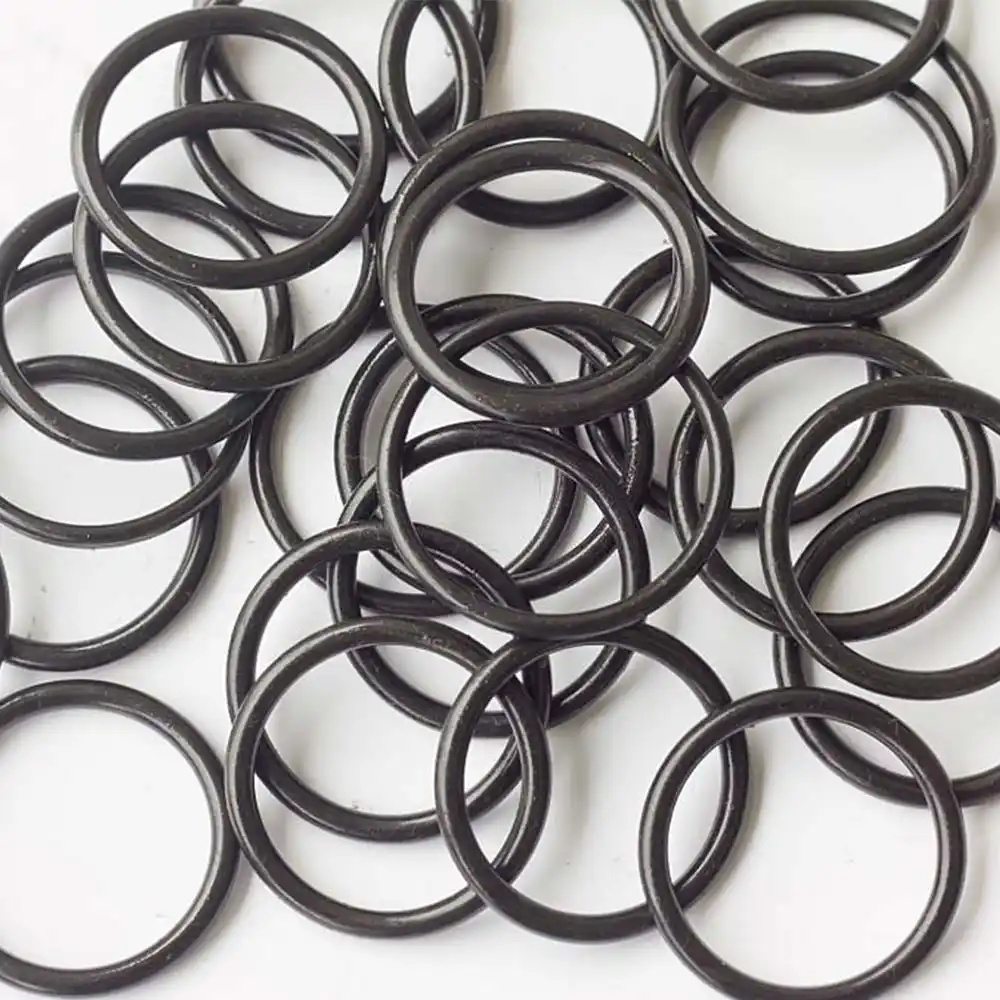Silicone Rubber Material
In addition to the commonly used silicone rubber materials, we have food-grade and edible-grade materials for a wide range of applications such as medical and children’s products.
Silicone Rubber
Silicone is a synthetic elastomer that is composed of silicon, oxygen, carbon, and hydrogen. It is highly stable and resistant to degradation, making it ideal for use in a variety of applications, including medical devices, automotive components, consumer electronics, and more.
In silicone rubber molding, silicone is used as a base material that is mixed with other additives, such as curing agents and pigments, to create a customized compound that meets specific performance requirements. The resulting silicone rubber mixture is then molded into the desired shape using various techniques, such as injection molding and compression molding.
describe
Introduce:
Silicone rubber is a synthetic rubber that can be used in various industries, including automotive, medical, and consumer products. It is a popular material for molding due to its excellent temperature resistance and flexibility.
Advantage:
High temperature resistance, good chemical resistance, excellent electrical insulation, good weatherability, resilience and flexibility, odorless and tasteless, non-toxic and biocompatible.
Disadvantages:
Poor tear strength, not suitable for some oils and fuels, high compression set, high cost compared to other rubber materials.
features
Price:
$3 to $10 per pound.
Temperature:
-40℃~160℃
Applications:
Silicone rubber is commonly used in the manufacturing of gaskets, seals, O-rings, medical devices, and automotive parts.
Technical Parameters:
The typical properties of silicone rubber include a Shore A hardness of 40-80, tensile strength of 500-2000 psi, and elongation of 200-800%.
Fluorinated Silicone Rubber
Fluorinated Silicone Rubber (FSR) is a type of silicone rubber that has been modified with fluorine atoms. This modification makes the rubber highly resistant to chemicals, solvents, and fuels, making it an ideal material for use in harsh environments.
When used in silicone rubber molding, FSR provides excellent compression set resistance, making it ideal for use in gaskets, seals, and other components that require a high degree of resilience. The use of FSR in silicone rubber molding can result in highly durable and reliable products that can withstand a range of harsh environments.
describe
Introduce:
Fluorinated silicone rubber is a specialized type of silicone rubber that has superior chemical resistance and high-temperature resistance. It is often used in demanding applications such as chemical processing and aerospace.
Advantage:
Excellent high-temperature resistance, superior chemical resistance, good electrical insulation, good compression set, low permeability to gases and liquids, good flame resistance.
Disadvantages:
Expensive compared to other rubber materials, low tear strength and tensile strength, limited availability of grades and colors.
features
Price:
$10 to $20 per pound.
Temperature:
-68℃~232℃
Applications:
Fluorinated silicone rubber is commonly used in the aerospace, automotive, and chemical industries for gaskets, seals, and O-rings.
Technical Parameters:
The typical properties of fluorinated silicone rubber include a Shore A hardness of 40-80, tensile strength of 500-2000 psi, and elongation of 200-800%.
Nitrile Rubber
Nitrile rubber, also known as NBR, is a synthetic rubber that has high resistance to oils, solvents, and chemicals. In silicone rubber molding, introducing nitrile rubber as a component can improve the mechanical properties of the final product, such as tensile strength, tear resistance, and abrasion resistance. Nitrile rubber can also improve the compatibility of silicone rubber with oils and fuels, making it an ideal material for gaskets and seals in automotive and marine applications.

describe
Introduce:
Nitrile rubber, also known as NBR, is a synthetic rubber that is resistant to oils and fuels. It is commonly used in the automotive industry for sealing and gasket applications.
Advantage:
Good resistance to oils and fuels, high tensile strength, good abrasion resistance, good weatherability, good compression set.
Disadvantages:
Poor resistance to ozone and sunlight, limited flexibility.
features
Price:
$1 to $3 per pound
Temperature:
-40°C to 120°C
Applications:
Automotive and transportation industry, industrial seals and gaskets, petroleum and chemical industry, medical and healthcare devices, consumer products.
Technical Parameters:
The typical properties of nitrile rubber include a Shore A hardness of 40-90, tensile strength of 1000-3000 psi, and elongation of 200-600%.
Neoprene Rubber
Neoprene, also known as polychloroprene, is a synthetic rubber known for its excellent resistance to oils, chemicals and abrasion. It is commonly used in applications where durability and resistance to abrasion and tearing are important.
In silicone rubber molding, the introduction of neoprene can provide a variety of benefits. Neoprene can be blended with silicone rubber to improve its tear strength and tensile strength, which can be particularly useful in applications where molded parts need to withstand repeated use or high stress. Making it a versatile choice for a wide range of industries, including automotive, aerospace and medical devices.

describe
Introduce:
Neoprene rubber is a synthetic rubber that is resistant to oils, chemicals, and weather. It is often used in outdoor applications where resistance to weather and abrasion is important.
Advantage:
Good resistance to oils, chemicals, and weather, good abrasion resistance, good resilience and flexibility, good flame resistance, good electrical insulation.
Disadvantages:
Limited temperature range, poor resistance to ozone and sunlight, poor resistance to some solvents.
features
Price:
$2 to $5 per pound
Temperature:
-30°C to 120°C
Applications:
Neoprene rubber is commonly used in the manufacturing of wetsuits, industrial belts, and gaskets for the automotive and construction industries.
Technical Parameters:
The typical properties of neoprene rubber include a Shore A hardness of 40-90, tensile strength of 1000-3000 psi, and elongation of 200-600%.
Natural Rubber
Natural rubber, also known as latex, has excellent mechanical properties such as high elongation, tear resistance and tensile strength, which makes it an important additive to silicone rubber. It also improves the adhesion of silicone rubber to other surfaces, such as metals or plastics, and can also be used as a filler to reduce the cost of the final product. This combination of materials is particularly suitable for industries that require high-performance rubber products, such as the automotive, aerospace and medical industries.

describe
Introduce:
Natural rubber is a plant-based material that is commonly used in the production of tires and other automotive applications. It has good tear strength and flexibility.
Advantage:
Good tear strength, good resilience and flexibility, good abrasion resistance, good electrical insulation, good low-temperature performance.
Disadvantages:
Poor resistance to oils, fuels, and some chemicals, limited temperature range, poor resistance to ozone and sunlight.
features
Price:
$2 to $5 per pound
Temperature:
-50°C to 80°C
Applications:
Natural rubber is commonly used in the manufacturing of tires, automotive parts, and footwear.
Technical Parameters:
The typical properties of natural rubber include a Shore A hardness of 30-90, tensile strength of 2000-5000 psi, and elongation of 400-800%.
EPDM Rubber
EPDM (ethylene propylene diene monomer) rubber is a synthetic elastomer with excellent heat, weather and ozone resistance, making it ideal for outdoor applications. EPDM rubber is often used with silicone rubber in molding applications to take advantage of their complementary properties. The resulting product offers improved performance and longevity, making it ideal for use in harsh environments.
In silicone rubber molding, by combining EPDM with silicone rubber, the resulting material exhibits higher tensile strength, tear resistance and compression deformation. The addition of EPDM also increases the hardness of the silicone rubber, making it more suitable for high-pressure sealing applications.

describe
Introduce:
EPDM rubber is a synthetic elastomer that has excellent resistance to weathering, ozone, and UV radiation. It is available in different grades such as peroxide cured, sulfur cured, and high-temperature.
Advantage:
Good weatherability, good low-temperature performance, good chemical resistance, good electrical insulation, good abrasion resistance, good ozone resistance.
Disadvantages:
Poor high-temperature resistance, poor resistance to oils and fuels, poor tear strength.
features
Price:
$2 to $5 per pound
Temperature:
-34ºC to 149ºC
Applications:
EPDM rubber is commonly used in the manufacturing of automotive parts, roofing materials, and weatherstripping.
Technical Parameters:
The typical properties of EPDM rubber include a Shore A hardness of 40-90, tensile strength of 2000-3000 psi, and elongation of 300-600%.
Fluorine Rubber™
Fluorine Rubber™, also known as FKM, is a high-performance elastomer known for its excellent chemical resistance, thermal stability and resistance to extreme environments.
Adding Fluorine Rubber™ to a silicone rubber compound enhances the material’s resistance to chemicals, oils and fuels, making it ideal for automotive and aerospace industry applications. In addition, Fluorine Rubber™ can improve the high temperature resistance and compression deformation of silicone rubber, resulting in an overall more durable and reliable product. However, the addition of fluorine rubber can also increase the cost of silicone rubber molding due to the high price of the material.

describe
Introduce:
Fluorine rubber™, also known as FKM, is a synthetic rubber that has excellent chemical resistance and high-temperature resistance. It is often used in demanding applications such as chemical processing and oil and gas industries.
Advantage:
Excellent chemical resistance, excellent high-temperature resistance, good electrical insulation, good compression set, low gas permeability.
Disadvantages:
High cost compared to other rubber materials, limited color options.
features
Price:
$10 to $50 per pound
Temperature:
-26ºC to 205ºC
Applications:
Fluorine rubber is commonly used in the manufacturing of seals, O-rings, and gaskets for the aerospace, automotive, and chemical industries.
Technical Parameters:
The typical properties of fluorine rubber include a Shore A hardness of 60-90, tensile strength of 1500-3000 psi, and elongation of 150-350%.
Immediately start the next Silicone Rubber project and capture the market
FAQ
What is silicone rubber and what are its main characteristics?
Silicone rubber is a versatile elastomer made from silicone polymer. It exhibits excellent temperature resistance (-50°C to 250°C), good electrical insulation properties, superb flexibility, low toxicity, and high durability. It is also resistant to UV radiation, weathering, and moisture, making it suitable for various applications.
What are the different types of silicone rubber available?
There are several types of silicone rubber, including high-consistency rubber (HCR), liquid silicone rubber (LSR), fluorosilicone rubber (FSR), and room temperature vulcanizing (RTV) silicone rubber. Each type has specific properties and is suitable for different molding processes and applications.
What are the key factors to consider when selecting a silicone rubber material for molding?
When selecting a silicone rubber material for molding, several factors should be considered, such as the intended application, required hardness or softness, temperature resistance, chemical resistance, electrical properties, and color requirements. It’s important to choose a silicone rubber that meets the specific needs of your application.
How can silicone rubber parts be post-processed or finished?
Silicone rubber parts can be post-processed or finished in various ways. Common techniques include trimming excess flash or sprues, surface treatment or coating, printing or labeling, and bonding or assembling with other components. Additionally, silicone rubber parts can be further enhanced through processes like painting, plating, or adding texture.
How long does it take for silicone rubber to cure or vulcanize?
The curing or vulcanization time of silicone rubber depends on the specific formulation and the curing method used. It can range from a few minutes to several hours. Heat curing methods typically require higher temperatures and shorter curing times, while room temperature vulcanizing (RTV) silicone rubber cures at ambient temperatures over a longer period.
Can silicone rubber be recycled into new silicone rubber products?
Yes, silicone rubber can be recycled and used to produce new silicone rubber products. The recycling process typically involves grinding or shredding the waste silicone rubber material and then incorporating it into new formulations. However, the availability of recycling facilities and the feasibility of recycling can vary depending on the specific type of silicone rubber and local recycling capabilities.


